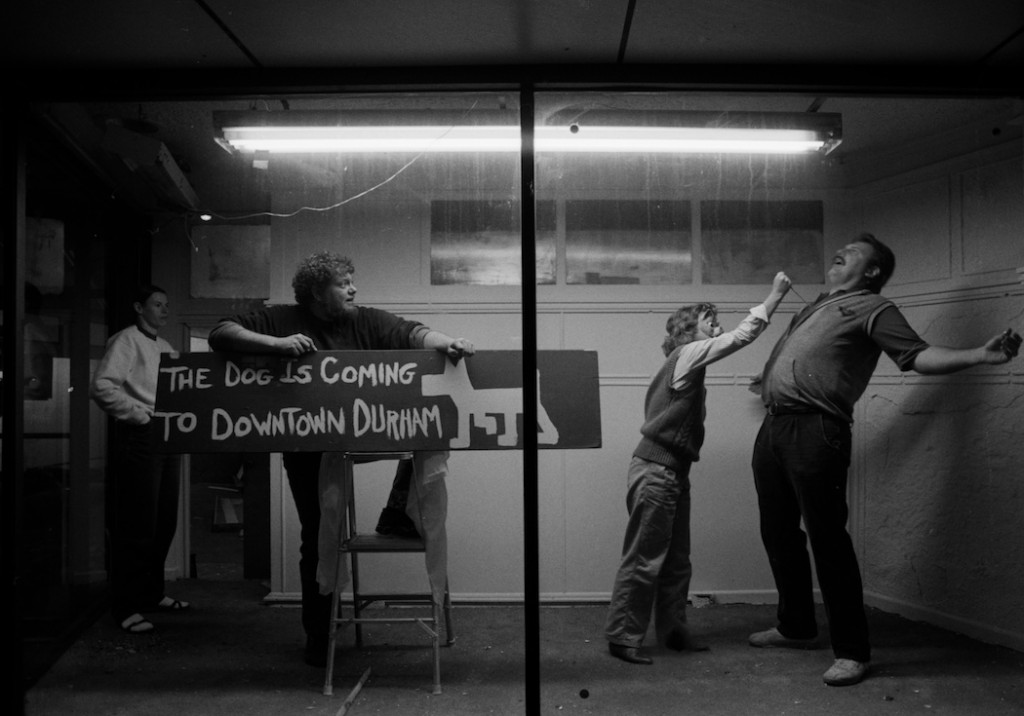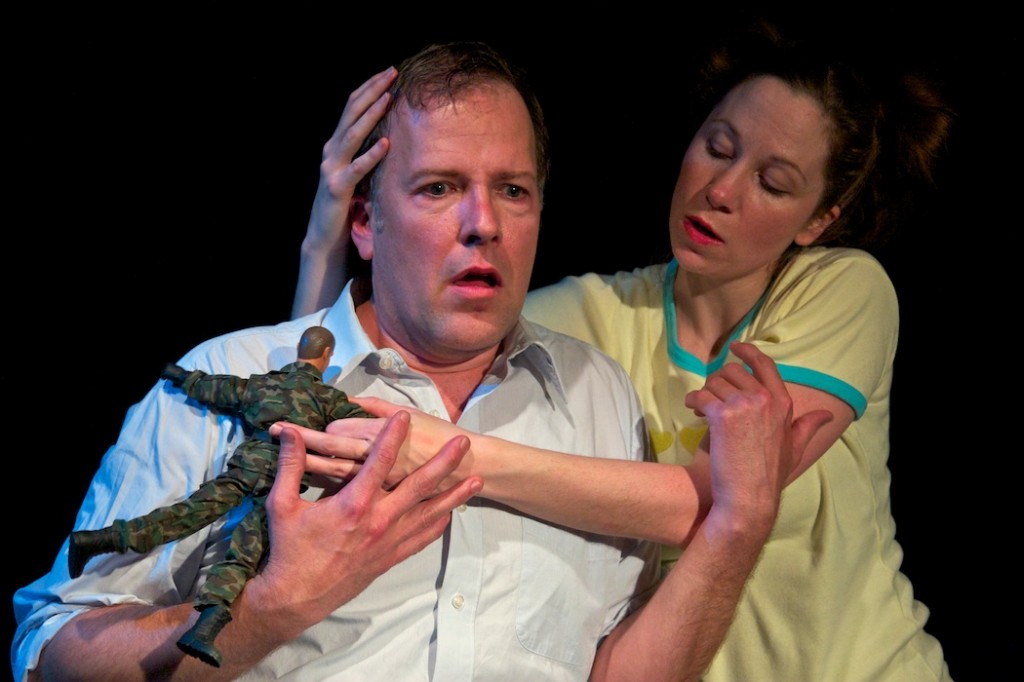
I started photographing theater in the late 1980s while working for a regional news magazine in North Carolina. Among a handful of beat assignments, theater was always a favorite. And for me, the best of the best was Manbites Dog Theater based in Durham, NC. Within a year or so of their first production, I took on the role of staff photographer and maintained that role throughout the company’s 32 year run.
Founded by Artistic director Jeff Storer and company manager Ed Hunt, Manbites Dog Theater, in Durham, NC, produced cutting-edge theater beginning in December 1987 and going continuously through June 2018. The company consistently took on sensitive and often controversial topics while producing some of the best theater I’ve ever seen.
It was my honor and pleasure to play a part in its history. For me, that meant creating elaborate studio produced photographs intended for PR purposes, photographing dress rehearsals, cataloging the visual history of the company. From 1987 to 2009 I used high speed black and white film to record each play. In the last decade of production I switched to digital color. You can view a gallery here.
The camera and eye
Photographing live theater up close gives me an adrenalin rush. The camera rarely leaves the eye as you attempt to tell the story with all its drama. Point of view, lighting, and subject, constantly change before the quick action of the play. Photographing the ever changing shape of the three-dimensional space of the stage as I place within the photographic frame is the closest thing I’ve ever come to feeling like a sculptor. But maintaining a heightened awareness of your surroundings outside the camera is oh so paramount to not disrupting the flow of the play. No bumping or banging into props in the dark, or actors on the move.
The fact that the action isn’t spontaneous but rehearsed makes no difference if you don’t know what the play is about and so I always it a point to not read the play beforehand. I love the experience of being “taken up” by a live theater performance. Of losing myself in the unfolding of the story. Never quite knowing where it’s taking you.

First audience
The experience of photographing theater is quite different from engaging it as a seated audience member.
One important difference involves the nature of a dress rehearsal. It’s the last run through before the play is open to the public. One final rehearsal. Often it’s also the first rehearsal where all the elements of the play — sound, lights, and all the smoke and mirrors are employed. And importantly, it’s often the first rehearsal with no interruptions from the director or anyone else. As if an entire audience was watching.
Artistic Director Storer wrote in the introduction to Unleashed: 25 Years of Manbites Dog Theater , published in 2013, “Alan is the first one to gasp, or laugh, or share the stillness of a moment of immediacy. Many actors hate having Alan so close but they double down deep into their characters and the world of the play and for the first time in our process they sense the power of what the telling of the story can be with an audience to listen.”
New beginnings
Early on, we talked about changing the look of theater production PR photographs. No more posed scenes from the play. Instead, the goal became producing photographs capable of conveying the unfoldment of the play in a single image.
How to do that was a challenge, so I began researching the ways photographers of the past had tried telling stories. My research on early photographers paid double dividends in that it was during that time of storytelling research that I first learned about alternative photographic printing methods, and in particular, gum bichromate photography I began experimenting shortly after.